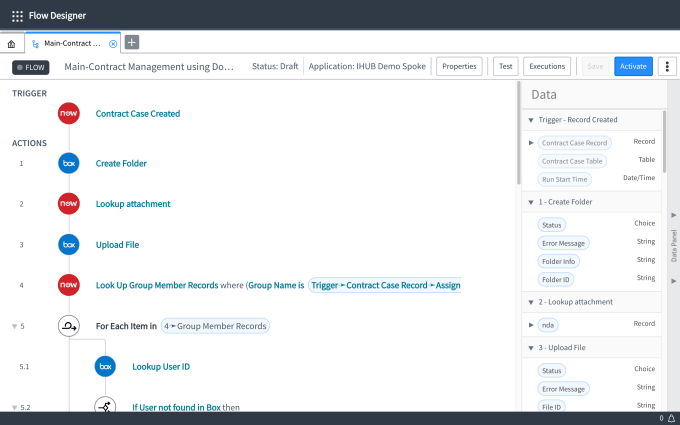The success of Airbnb has created a major disruption in how people choose where to stay when they visit other places. Gone are the days of assuming a hotel is the best or only option; a selection of private accommodations might prove to be more interesting, cheaper and more flexible. Now, an Airbnb-like startup out of Germany called Homelike — which focuses on rentals of a month or more, often for business but also other customers — has raised $14 million to expand its business to more of Europe, starting with the UK.
Pointedly, the company, does not believe that it is competing directly with Airbnb, in part because of its focus on those longer rentals and in part because none of the properties posted on the platform are private homes. “Homelike starts where Airbnb ends,” said co-founder and CEO Dustin Figge in an interview. Since being founded in 2015, it’s found a willing customer base on both sides of its marketplace. It currently has listings for 45,000 furnished apartments and works with more than 15,000 corporate clients across 100 cities in Germany, Austria and Switzerland, with the aim to cover all the major business hubs in Europe by the end of next year.
Led by Spark Capital, this round also included previous investors Cherry Ventures and coparion, among others. (Of note, this is the latest in a growing number of investments in Europe for Bay Area-based Spark that have focused on marketplaces and commerce. Others have included another rentals platform, Badi; insurance startup Coya; and elderly care platform Careship, in addition to social payments app Verse.) This brings the total raised by Homelike to $18 million in disclosed investments, alongside earlier, undisclosed rounds, Figge said.
Homelike’s funding and general growth come at a time when Airbnb has been on a roll. The company has said it would be ready to IPO from the end of June 2019, and in the meantime is already profitable on an Ebitda basis as it expands into a plethora of other services to diversify and position itself as a “travel experiences” business — including working with a growing number of corporate clients and integrating with business travel booking services. But with that growth has not always been smooth, with the company facing a fair amount of regulatory tussles across a number of markets.
Figge says that his company’s focus on working with people who own or manage properties that were designed for renting out, and its focus on the longer the timeframe — the minimum is around one month, woth the average stay more like four months, he said — has helped it play nice with official bodies as well as stay out of direct competition with the much larger Airbnb and other big platforms that have been hotly competing with it.
Homelike’s main clients are businesses ranging in size from larger corporates to small startups, and the idea is that it’s tapping into the fact that in our global economy, workers might need to move to new cities on a temporary basis, or might need to make permanent moves with little advance warning. When you are living in a city for more than a week or two, living out of a hotel can become less convenient — not to mention more expensive — and that is the gap that Homelike is hoping to fill.
But there are use cases. For example, if you are living in a home or apartment that you need to vacate if it’s, say, undergoing a big renovation (or maybe you have simply rented it out for too many Airbnb weekends! I kid…), sometimes it can be hard to find short-term leases. This is also where Homelike can come in handy.
Just as Airbnb has expanded into areas like things to do once you arrive at your destination, and helping you plan your travel from point A to point B, so, too, does Homelike hope to grow not just by expanding to more cities and users, but also by expanding the services is provides to its users.
“We want to fix the prob for longer term apartment rental first of all, but when you are relocating you need more services, too,” Figge said. “Local service recommendations, insurance, mobility information, cleaning services, gym memberships, there is a lot where we could help with in the next couple of years. There are so many things you can optimise.”
And that’s on the renter side only. On the supply side, he noted that many property owners are still stuck in the offline world when it comes to the management systems and accounting services they use. The aim, he said, will be to provide something end-to-end for both renting customers and those supplying properties, where information doesn’t need to be entered repeatedly and works more efficiently. Homelike won’t be the first to think about this: Lovely also saw a similar opportunity several years ago in the very-long-term — year or more — rental market. It was eventually was acquired by RentPath.
Interestingly, it sounds like Homelike has also been attracting attention from bigger players in the same space of temporary accommodation, where Homelike’s service and footprint might complement what the bigger business has already built. Figge got cagey when I asked about this, but if the startup keeps growing as it has, I have a feeling this may not be the last time we hear about Homelike.













